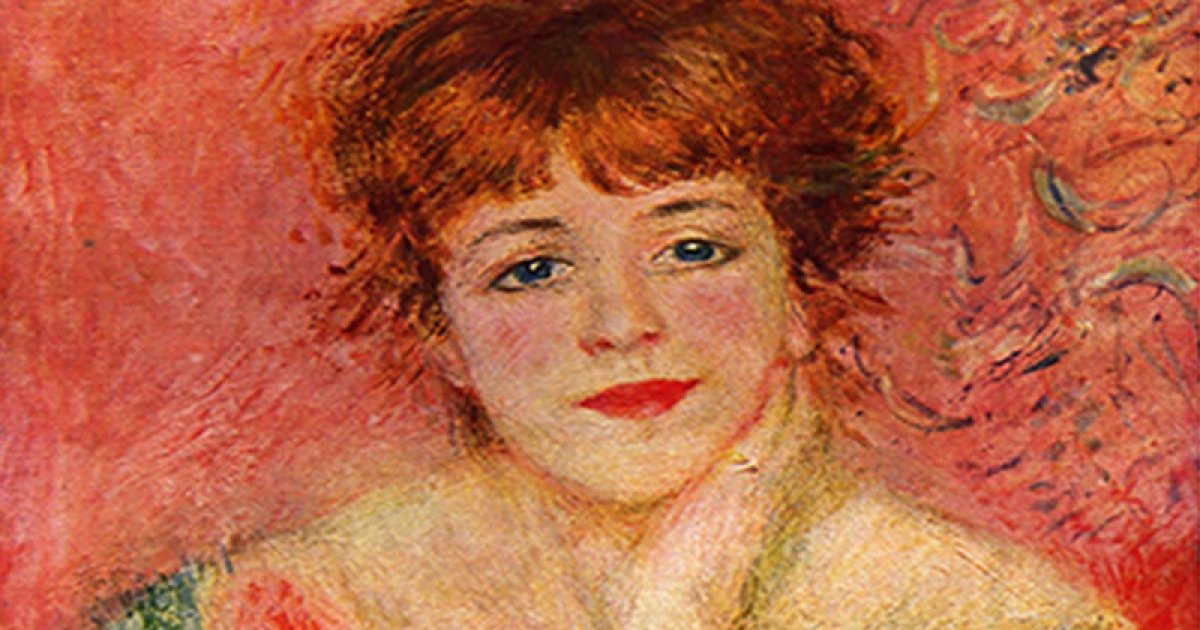PUSHKIN MUSEUM, Renoir Portrait Of Jeanne Samery Room 21 22
 Language: English / USA
Language: English / USA
In this museum, you can see five works by the great French artist Pierre-August Renoir, considered one of the most important painters of the Impressionist movement, a style characterized by the contrasts of light and shadow and the strong, vivid colors which were used to convey the artists’ emotional responses to nature.
Renoir was an extremely prolific artist, thought to have painted as many as 5,000 canvases. One of his most famous works is Jeanne Samary in a Low-necked Dress, also known as La Rêverie, painted in 1877.
This work is marked by the most authentic "joie de vivre". Throughout his life, Renoir was animated by a genuine lust for life, and he never ceased to be amazed by the infinite wonders of creation, enjoying the world's beauty and spurred on by the desire to recreate it on the canvas, with intense emotion and drawing on the memory of every visual perception that had struck him.
The subject of the portrait is Jeanne Samary, one of the most critically acclaimed actresses in late-nineteenth century theatre, who lived very close to Renoir in Paris. The artist was so fascinated by her that he painted her twelve times, precisely because he considered her to be a person who had infectious joie de vivre. They had a very productive artistic relationship, which was interrupted in 1880, when Samary distanced herself from the painter in order to model for more academic portrait artists.
The painting depicts a woman immersed in a state of abandonment. A subtle smile crosses her lips and her sweetly dreamy gaze draws the viewer in, as if she wanted to create a relationship with those looking at her. This joyful fantasy, in addition to being reiterated by the original title, La Rêverie, the dream in French, is enhanced by the background, highlighted with colors in shades of pink and by Renoir's daring pictorial technique, which used rapid, crossed and very light brushstrokes.
Interesting fact: Jeanne Samary was not happy with the portrait because Renoir had drawn the public's attention to her, but only for only her dreaminess and not for her social and professional prestige.



